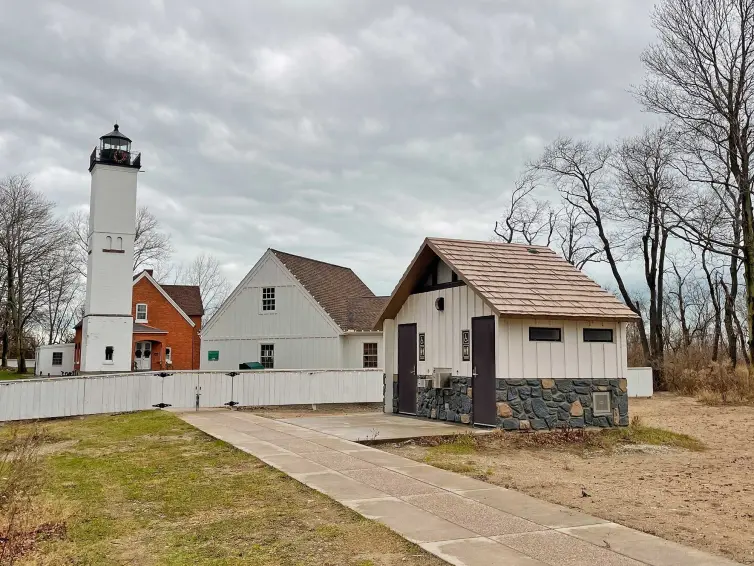Coatings Q&A with World Pipelines
- Jun 09, 2020
- Infrastructure
World Pipelines asked several companies to answer some questions in relation to coatings. Our own Scott Avery, QC Supervisor and NACE CIP Level 1 Inspector, contributed to the topic in a recent publication.
Scott earned a Bachelor of Science in Business Management from Troy University, and has been working in oil and gas industry for more than 30 years. Prior to joining L.B. Foster in 2017, Scott worked in several roles such as Inspection Supervisor, Production Supervisor, QA/QC Co-ordinator and Quality Manager, gaining valuable experience through the years. Scott uses this experience to continuously improve productivity, efficiency and increase higher quality outputs at the Willis, Texas, US, Protective Coatings facility.
Q: WORLD PIPELINES: How can cutting-edge coatings achieve corrosion resistance?
A: SCOTT AVERY, L..B. Foster: The corrosion cell consists of an anode, a cathode, a metallic pathway, and an electrolyte. All four elements must be present for corrosion to occur. To achieve corrosion resistance, some coatings act as a barrier to the corrosive environment and other coatings sacrifice themselves and corrode instead of the substrate that they are applied to.
Barrier coatings simply slow down the corrosion process by getting between the protected material and the electrolyte (ground, saltwater, etc.). Metals corrode according to the galvanic series – with more easily corroded materials at the top and less corrosive, often referred to as noble, materials at the bottom. When using a sacrificial coating, the coating that is applied is much higher in the galvanic series than the metal that it is chosen to protect and will corrode first or sacrifice itself. In acting as one of these protections, coatings provide corrosion resistance.
Q: How does pipeline surface preparation and coatings application determine the success of coatings?
A: Surface preparation is possibly the most important step taken during the coating process to ensure the success of the coating system. Improper or poor surface preparation can be immediately detrimental to a coating system, or it can be the reason that the coating fails over time. Blast cleanliness and anchor profile are key to the actual surface preparation. They are both performed to a standard or criteria that was determined by a corrosion engineer before the work begins.
The type of coating that will be applied and the desired coating thickness are elements in deciding necessary blast cleanliness and anchor profile. Other factors that influence surface preparation are the ambient conditions where the cleaning and coating will take place. Generally speaking, the relative humidity, or the amount of moisture in the air, must be lower than 85%. The dew point in the area is also important. If the surface temperature of the metal to be coated is less than 5˚F above the dew point, moisture can form on the surface and will negatively affect coating performance.
L.B. Foster’s coatings facility in Texas (US) aims to instill confidence in its customers that surface preparation and the entire coating process will be monitored and performed in accordance with the specifications that are agreed to during the quotation process. Always improving, a large CAPEX plan is in place for the facility for 2020 and beyond, to further aid in superior surface preparation and coating performance.
Q: How do coatings influence flow efficiency?
A: Internal liners and coatings can greatly reduce friction and therefore improve flow efficiency, by filling in and overcoating surface irregularities. L.B. Foster’s facility can offer high quality, fast-turnaround internal flow efficiency coatings.
Q: Which international and national standards are important?
A: ASTM, ISO, NACE, SSPC, and many other organisations publish standards that are globally accepted as instructions on how to perform operations, inspections and other tasks. While they are all important, to say that one is more important than the others would be incorrect. Standards are called out in specifications so that the individual writing the specification can be confident that a certain task or inspection will be carried out in a way that is consistent with the standard that is referenced. It also ensures that the contractor has a clear understanding about what the expected outcome is for that step in the specification. Therefore, a specific standard, regarding a coating project, is only important if it is referenced in the specification that has been agreed for that project.
Q: How do you overcome coatings failures?
A: As noted earlier, surface preparation is possibly the most important step taken during the coating process to ensure the success of the coating system. Coating application parameters and procedures follow in a close second to surface preparation. With this in mind, the employees at L.B. Foster’s facility are always trying to improve these processes. Putting clear standard operating procedures, work instructions, quality forms, and training in place can ensure that each project goes through the facility with the highest quality outcome. Frequent quality checks are performed and documented throughout the entire process for each piece that is coated. L.B. Foster also performs destructive testing in the company’s on-site laboratory, using test specimens cut from a test ring which is cut from one of the production pieces. These tests offer more certainty that the coating that the company applied will perform as expected and without failure in the field.
Q: How and why do you carry out pipeline coating rehabilitation?
A: One of the main current limitations of coating technology is coating life. While protecting the substrate to which they are applied, the protective coatings are also wearing away. The service environment that the coating is placed in is usually the largest factor in the rate of degradation, with the more severe environments degrading the coating more aggressively than when in a less severe environment. Coating manufacturers are in constant pursuit of developing coatings with longer service life. Cost, application methods and environmental impact can all influence these developments

